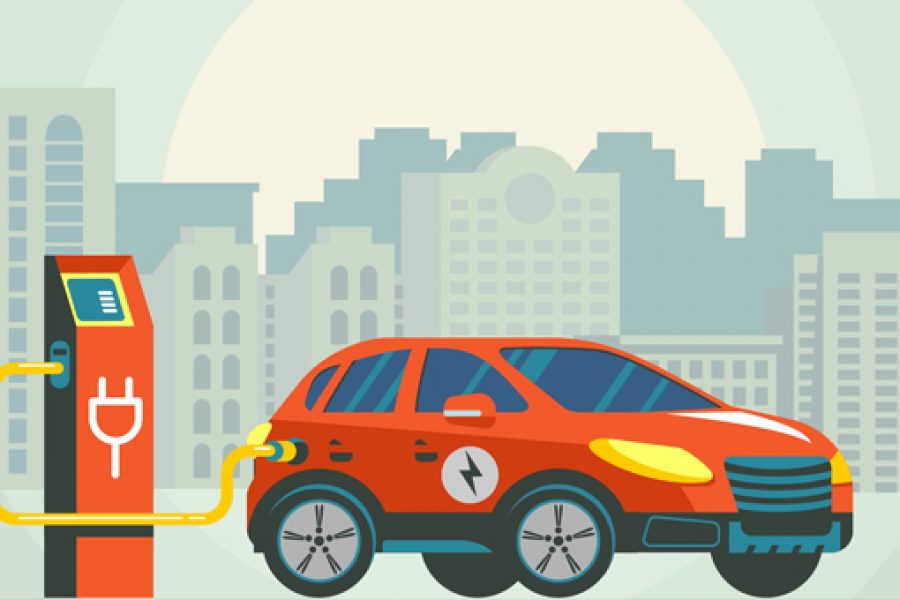President Biden announced new federal action on Thursday designed to increase the role of government officials as car salesmen. Politico reports that Biden signed an executive order “setting a target that half of all new vehicle sales by 2030 will be zero-emissions vehicles, primarily electric cars and trucks.”
The administration is also “working to restore California’s waiver giving it greater regulatory power over cars” – authority that was “stripped away by the Trump administration to stop the deep blue state . . . from enforcing standards more stringent than the federal rules.”
Meanwhile, the Washington Post reports that “the Biden team modeled some of its near-term tailpipe targets on (a 2019) California agreement” with the major automakers “to tighten their mileage standards.”
Biden’s new electric car agenda shows that he hasn’t learned from California’s mistakes. When government plays car salesman, it simply doesn’t work.
As PRI’s Wayne Winegarden has documented in his study “Costly Subsidies for the Rich,” taxpayer-funded electric car subsidies are really just giveaways from the poor and middle class to the wealthy to subsidize the purchase of an expensive new Tesla. According to his research, 79 percent of electric car subsidies were claimed by households making more than $100,000 per year – and 99 percent were claimed by households making more than $50,000 annually.
Yes, California leads the nation in zero emission vehicle sales. Despite billions spent on taxpayer-funded electric car subsidies, the market for electric cars is still very small even in California. There were only 635,000 light-duty zero emission vehicles on the road at the end of 2020, or roughly 2.2 percent, according to California Energy Commission data. This compares to 28 million non-ZEV vehicles.
In addition, the California approach isn’t particularly effective in reducing emissions – the stated goal of Biden’s team in promoting his agenda. According to the latest data, California is actually not reducing emissions faster than the U.S. overall. In fact, emissions are declining 70 percent faster outside the state – in states that don’t have California’s green energy mandates – than in California.
Though sales of electric cars are growing in California – they had about 6.2 percent market share in the Golden State at the end of 2020 according to figures from the California New Car Dealers Association – the vast majority of the marketplace has made clear that electric cars are still just a luxury that taxpayers are helping the wealthy purchase. Nationally, ZEV market share was just 3.8 percent in June.
A statement from the big 3 automakers to Politico makes clear that the Biden agenda of more taxpayer-funded subsidies and government mandates – “including purchase incentives, a comprehensive charging network of sufficient density to support the millions of vehicles these targets represent, investment in R&D, and incentives to expand the electric vehicle manufacture and supply chains in the United States” – is required to transform the marketplace.
An administration official told Politico that, “one of the things we’ve seen in jurisdictions around the country and around the world is the power of providing increasing amounts of market clarity in terms of where we are headed.” But it’s not market clarity from consumers – it’s clarity from government car salesman who with the Biden plan are doubling down on their efforts to force Americans to buy the cars government thinks they should buy.
Concern for the environment and the “wow factor” of buying a Tesla may indeed open significant market share for electric cars, but only if consumers want to buy these free of government mandates.
PRI’s latest “Been There, Done That” update offers advice to the Biden administration on how it can achieve its goal of electric cars gaining half of more of the marketplace over the next decade through market-based policies:
If Washington wants to plan for a future with lower-emission cars, they should embrace the power of the free-market and remove the government-imposed barriers that make it so costly to build cars in the United States and drive up sticker prices.
There is an opportunity cost when government spends significant sums on electric car subsidies. Washington would be wise to move to a future where electric cars can be made cheaply and efficiently – and lets Americans keep more of what they earned to spend as they wish.
Only then – with more money in their pockets and more affordable electric cars in showrooms – will poor and working-class Americans consider buying an electric vehicle.
Tim Anaya is the Pacific Research Institute’s senior director of communications and the Sacramento office.


